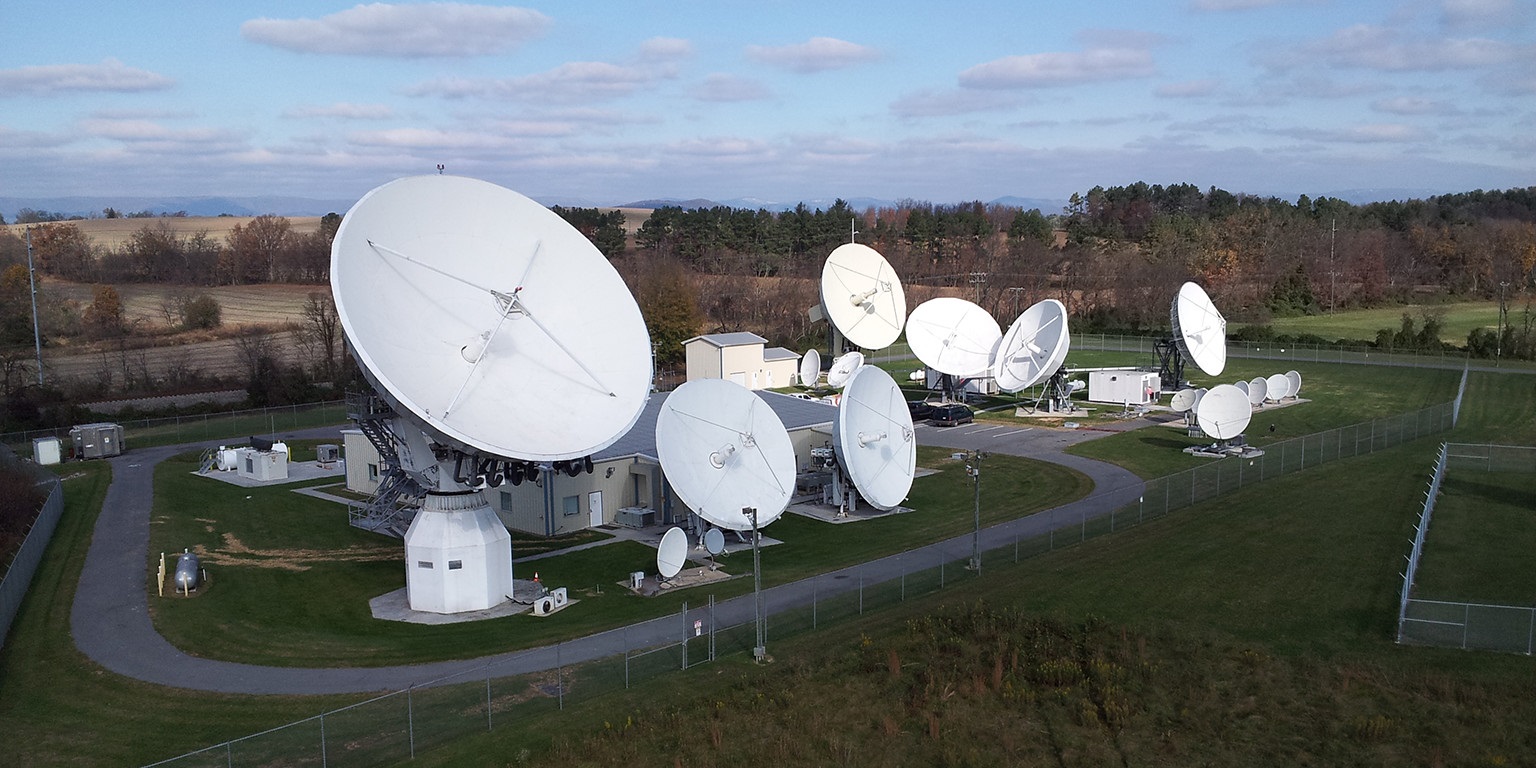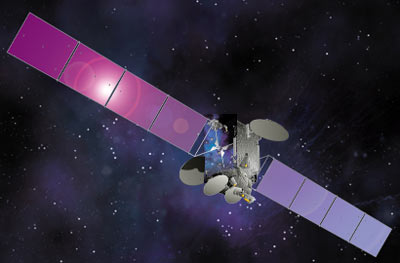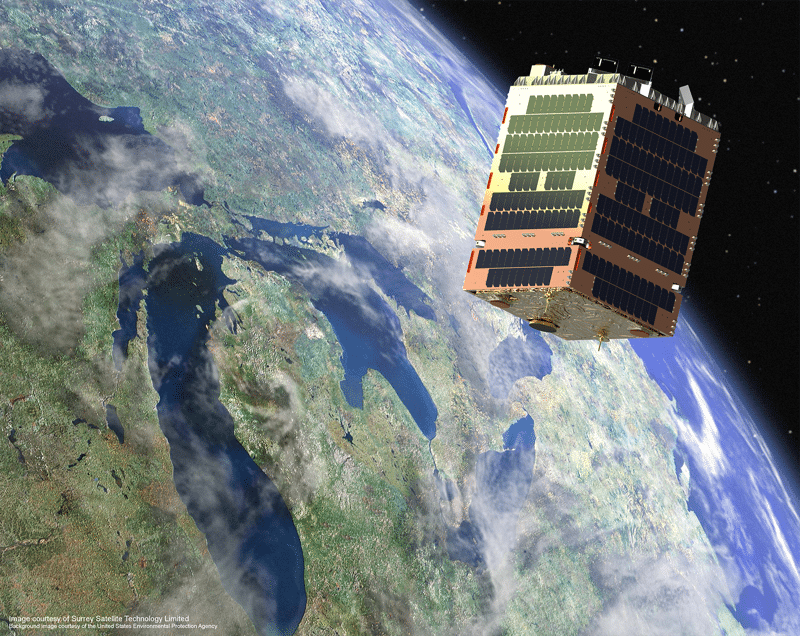Ottawa residents are justifiably proud that our nation’s capital is attracting major technology companies who are helping transform the culture and vibrancy of our community. One of these industry disruptors is Telesat, a company formed 50 years ago when government and business came together at the height of the space race to assure that Canada would have a leading role in the rapidly developing field of satellite communications.

The Telesat Canada Act was signed in 1969, just weeks after the Apollo 11 mission landed humans on the Moon for the first time and then safely returned them to Earth. It was a period of great excitement and expectation for the commercial space industry and Telesat went to work to fulfill those expectations, hiring the best engineers and scientists available. Three years later, Telesat launched Anik A1, the world’s first domestic communications satellite in geostationary orbit.
Telesat is now one of the largest, most successful providers of satellite communications in the world. Headquartered at 160 Elgin Street in Ottawa’s downtown core, Telesat owns and operates a global fleet of 16 geostationary satellites along with a robust teleport and terrestrial infrastructure that is integrated with its fleet. Through its state-of-the-art space and ground assets, Telesat provides reliable and secure communications solutions – nationally, regionally and globally – to hundreds of broadcast, telecom, corporate and government customers around the world.
The global space industry is hugely important, not only for keeping people connected and secure but for its economic role as it generates US$360 billion annually with satellite communications services accounting for one-third.
Just a Quick Note:
InnovationsOfTheWorld.com has partnered with Trade License Zone (TLZ) to support global innovators looking to expand internationally. Take advantage of the UAE’s Free Zones—enjoy streamlined setup, low corporate taxes, and a strategic gateway to the Middle East and beyond.
Get Your UAE Free Zone License Fast & Easy!Telesat specializes in satellite communications which are at the center of TV distribution, Internet access, broadband to ships and planes, and a host of other services. In fact, nearly all TV programming in the world is carried by just a few hundred satellites orbiting above the earth. This is true even for viewers that rely on cable, over-the-air, or fibre-delivered TV services.
Telesat has grown by leveraging its deep technical expertise and customer-oriented culture which are backed by an industry leading consultancy and R&D Lab. Relying on these capabilities, Telesat has built a long and established record of innovation, both technical and commercial – a record that has been at the core of the company’s growth since its inception. Here are a few highlights:
- 2004 –Telesat launched the first satellite to successfully commercialize consumer Ka-band broadband services. Within two years of its launch, Anik F2 was serving 100,000 subscribers in North America and bringing broadband to many homes and businesses for the first time. Consumer broadband by satellite is now forecasted to exceed 5 million global subscribers by 2025.

,

- 2009 – Telesat launched Telstar 11N, the first satellite to provide
full Ku-band coverage of the North Atlantic Ocean from the Arctic Circle to the Equator. The success of this payload contributed significantly to a global boom in mobile broadband for both aeronautical and maritime markets.
- 2018 – Telesat launched its Phase 1 LEO satellite: the start of a new global constellation that will revolutionize the delivery of high capacity broadband by leveraging Telesat’s patent-pending orbital architecture and global priority spectrum rights. Telesat’s LEO system will use Ka-band, just as the company did with its Anik F2 last decade, and bring a new level of broadband performance to commercial and government customers worldwide.

With all that’s been achieved by Telesat and other companies in the space industry, readers may find it hard to believe that the interest in space on the part of Government and business leaders is surging. Big opportunities are ahead for countries like Canada that want to be sure they are leading with their national expertise and ambitions.
New space-based systems will soon deliver 21st century, globally available broadband that extends the reach and improves the performance of existing ground-based networks. This is made possible by recent dramatic advances in technology. For example, Telesat LEO satellites will use phased array, electronically steerable antennas with advanced beam steering capabilities allowing Telesat LEO to dynamically allocate capacity where there is greatest demand.
Telesat LEO will also use optical Inter-satellite Links (ISLs) enabling these satellites to talk to each other, creating a resilient mesh network in the space. Telesat is bringing together these types of advances for the first time.
Telesat has a number of important advantages to succeed in this new ‘Space Race’ that is focused on globally available broadband. Telesat LEO will be using communications frequencies – Ka-band – that are ideally suited for broadband Internet.
Telesat has global, priority spectrum rights in Ka-band for its LEO constellation. Telesat also has a patent-pending LEO system design, which includes satellites operating in two different orbits to maximize broadband performance and efficiency, with the use of ISLs as just mentioned.
The superiority of Telesat’s LEO design has been confirmed in an independent study released by members of the Department of Aeronautics and Astronautics at the Massachusetts Institute of Technology (MIT).

Another advantage unique to Telesat is that it has been a successful satellite operator for decades with many engineering innovations and industry firsts. Telesat has a deep understanding of, and unmatched experience in, the broadband markets it will serve – enterprise, government, mobility and telecom – and good relationships with customers in these markets.
Telesat plans for its LEO service to be available in 2023. The company is very bullish on the business opportunity and strongly believes that Telesat LEO will transform the lives of the roughly 4 billion people who don’t have affordable broadband internet connectivity today. This is something nearly every government in the world is focused on solving – the Digital Divide.
Even in Canada, there are over 2 million homes (around 15% of all households) that don’t have high quality broadband. The Federal government is committed to fixing this and sees Telesat’s LEO constellation as a very promising way to do so for the most rural and remote communities.
This prompted the Federal government last year to enter a partnership with Telesat where the government will contribute $85 million that will go towards some of the development costs associated with the project as well as $600 million over 10 years to help ensure rural Canadians have access to affordable, very high quality broadband delivered by Telesat LEO.
Telesat is convinced that they will bring fast broadband to those that lack it, here in Canada and throughout the world and create hundreds of high tech, high quality jobs, most of which will be right here in the National Capital Region.
Suffice to say they are very focused on this significant opportunity – another great Telesat innovation that will improve the lives of so many Canadians very soon – and running hard to get there. Given what Telesat has already achieved in its 50-year history, we can expect Telesat LEO to be another transformational innovation from Canada’s leader in satellite services.
Telesat LEO is the most ambitious global broadband infrastructure program ever conceived and will revolutionize how Canadians, and everyone else in the world for that matter, experience and leverage the Internet. Telesat LEO will help achieve Canada’s goal of universal connectivity, ensuring that Canadians, regardless of where they work or live, have affordable, high quality, and high-speed Internet.
– Dan Goldberg, Telesat’s President And Ceo













